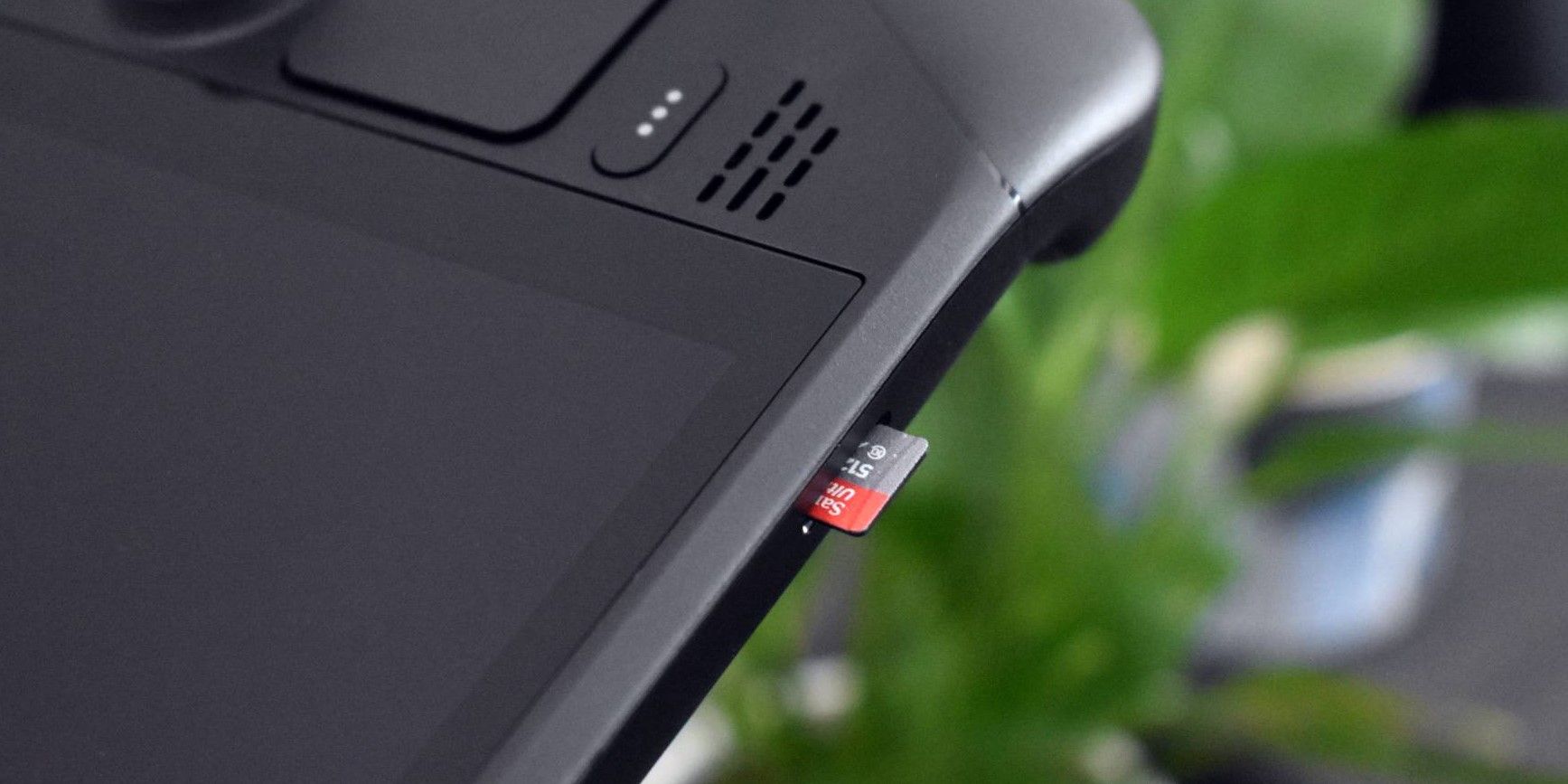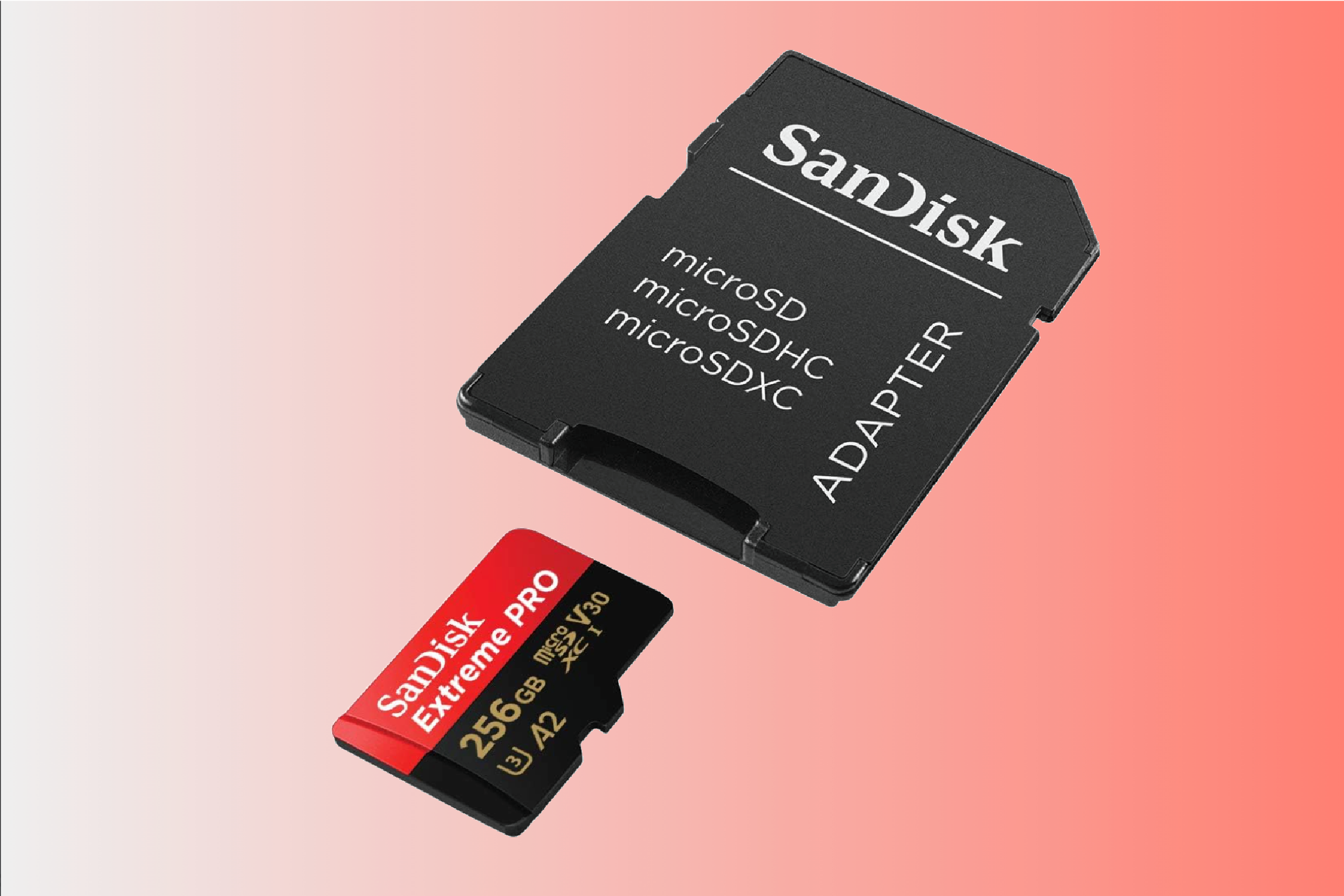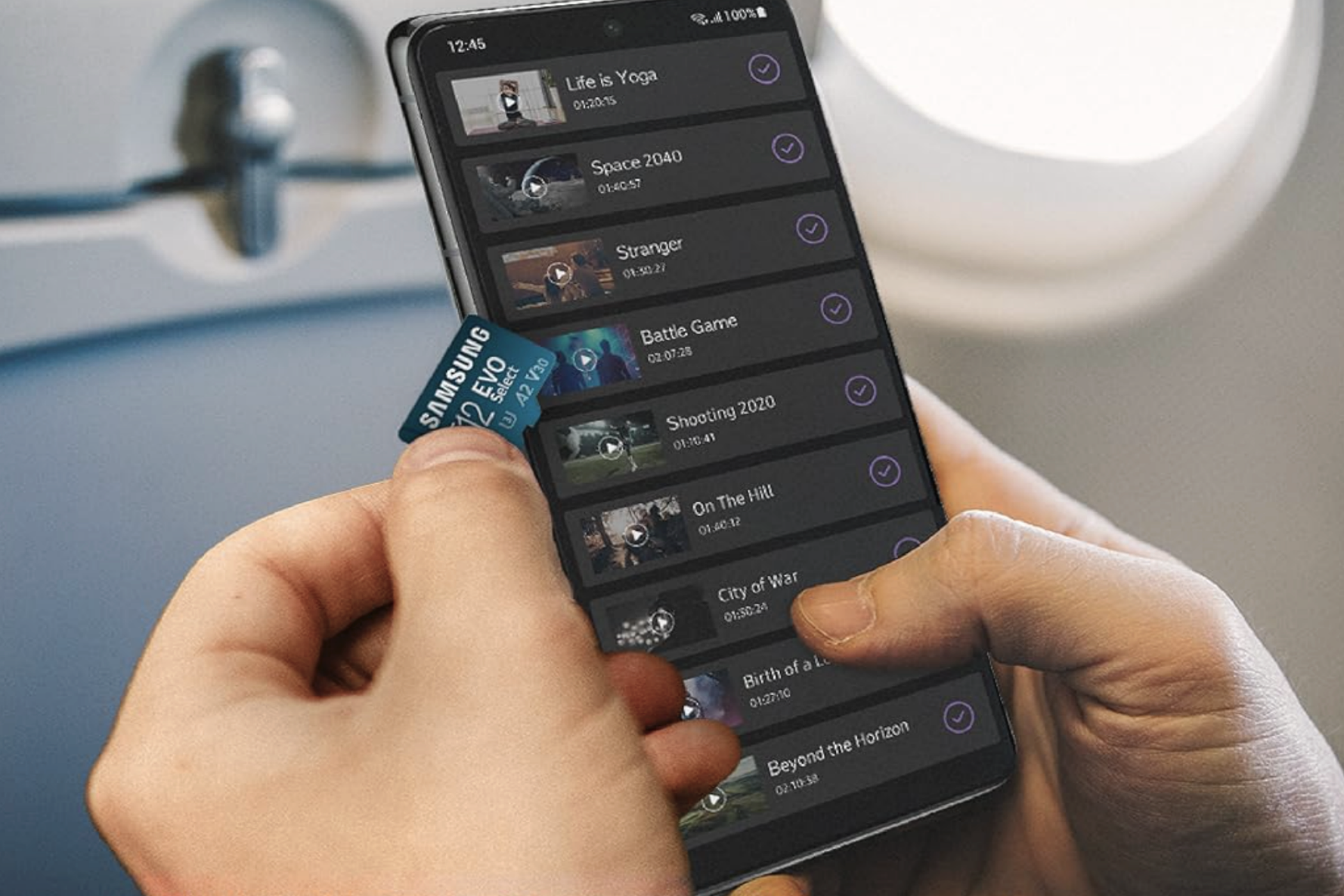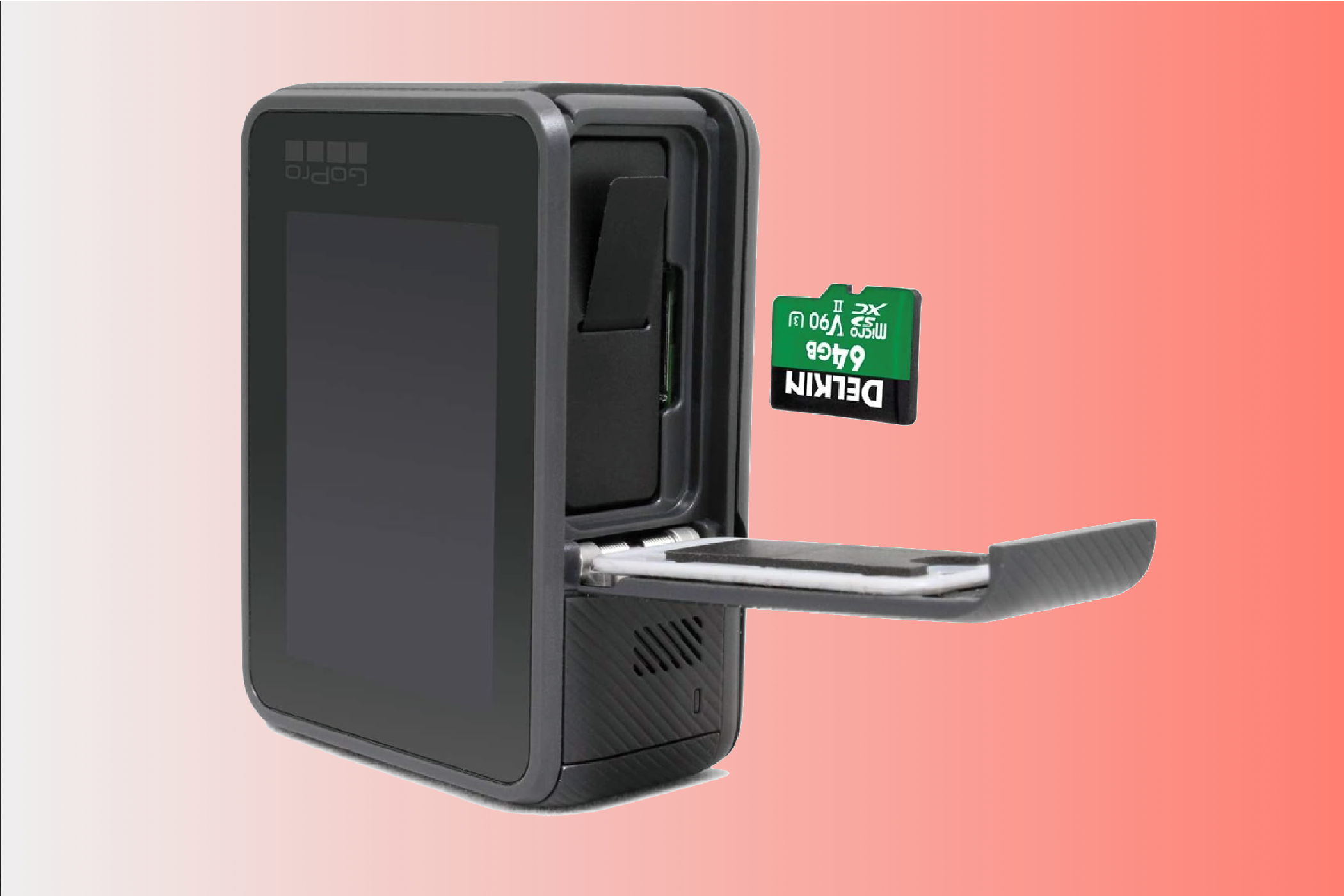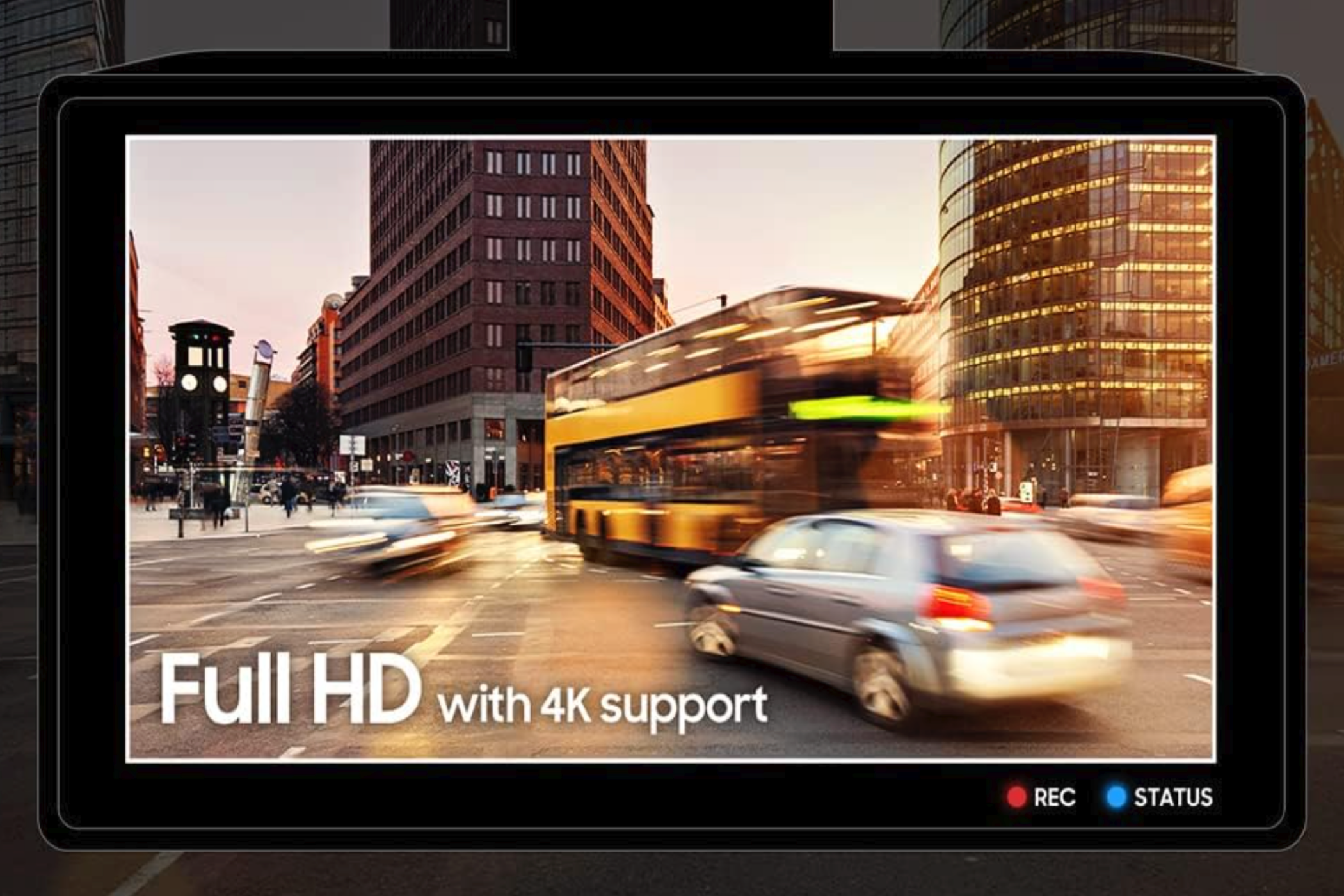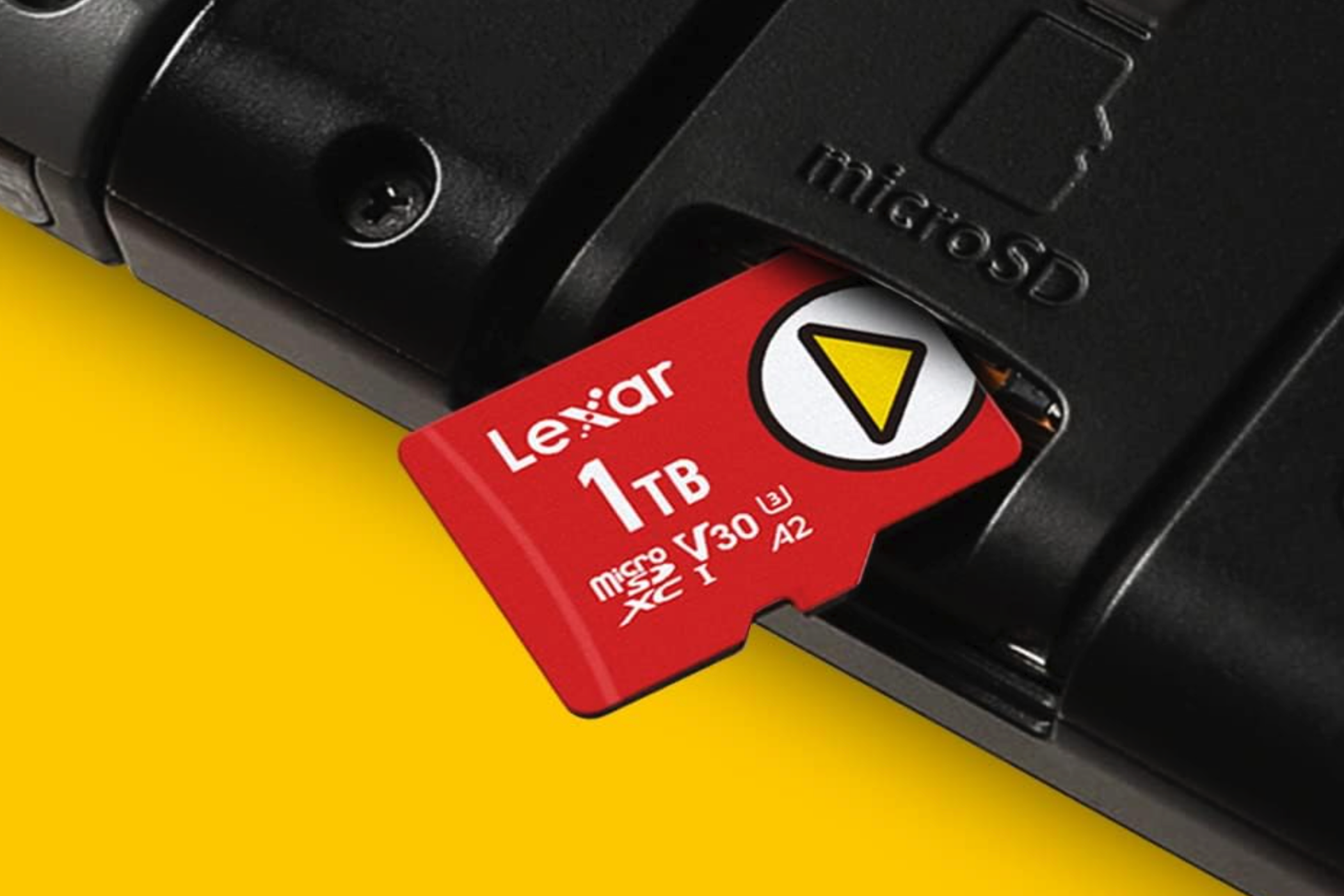Navigating the maze of microSD card brands and specs can take time and effort. If you're shooting in high-resolution, like 4K or 8K video, choosing one with fast read and write speeds is essential. For simply storing documents, you could settle for a more affordable option.
Best Overall microSD Card: SanDisk Extreme Pro UHS-I microSDXC
With its reasonable price tag, you’d be forgiven for thinking that the SanDisk Extreme Pro microSDXC doesn’t live up to its name. However, with advertised read and write speeds of up to 200 MB/s and 140 MB/s, it’s plenty fast for the price point.
Additionally, it has a V30 video-speed classification, meaning you can record in 4K at lower frame rates. It can handle Full HD slow-motion videos with high frame rates or high-quality burst shooting without any trouble. It’s ideal for action cameras and drones, and you won’t need to feel too concerned about it on your grand adventures, as this card is water-, x-ray-, shock-, and temperature-proof.
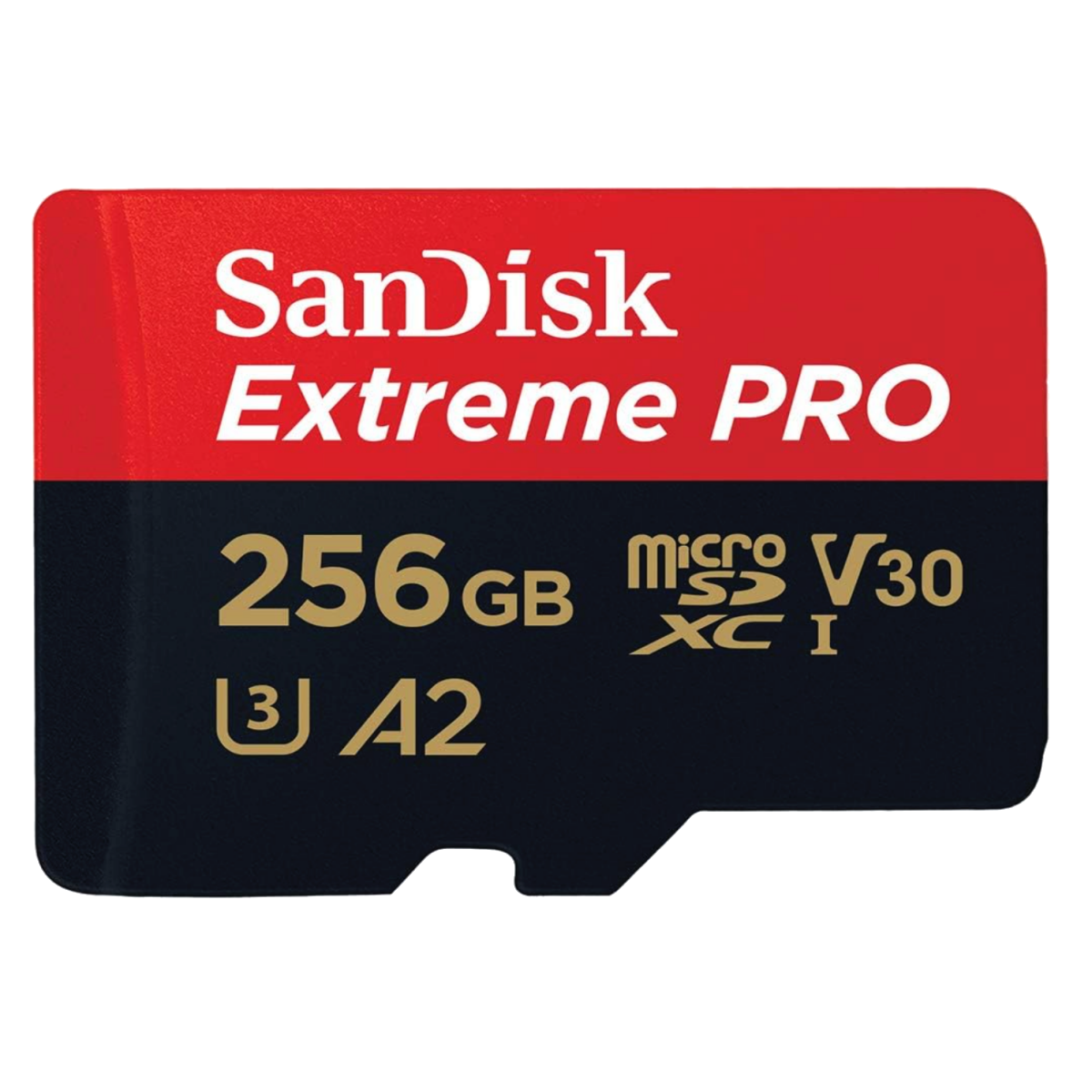
SanDisk Extreme Pro UHS-I microSDXC
In terms of checking all the boxes, the SanDisk Extreme Pro microSDXC hits a home run. It’s affordable, has decent read and write speeds, and is a durable little addition to your camera, drone, or smartphone.
- Fast A2 app-performance
- Quickflow tech for fast transfers to your computer
- Very durable
- Need a faster video class for resolutions higher than 4K
Best Budget microSD Card: Samsung Evo Select UHS-I microSDXC
If you need a basic, no-frills microSD card, the Samsung Evo Select will please with its performance to price value. While it may not be suitable for high-frame 4K recording, its V10 video classification means you can record in Full HD without trouble.
The Evo Select is surprisingly durable, protecting against various hazards, including water, shocks, and X-rays. This 64GB card is U1-rated and can read data at speeds of up to 130 MB/s. There are also 128GB, 256GB, and 512GB cards if you need a larger storage capacity, all at bargain prices.
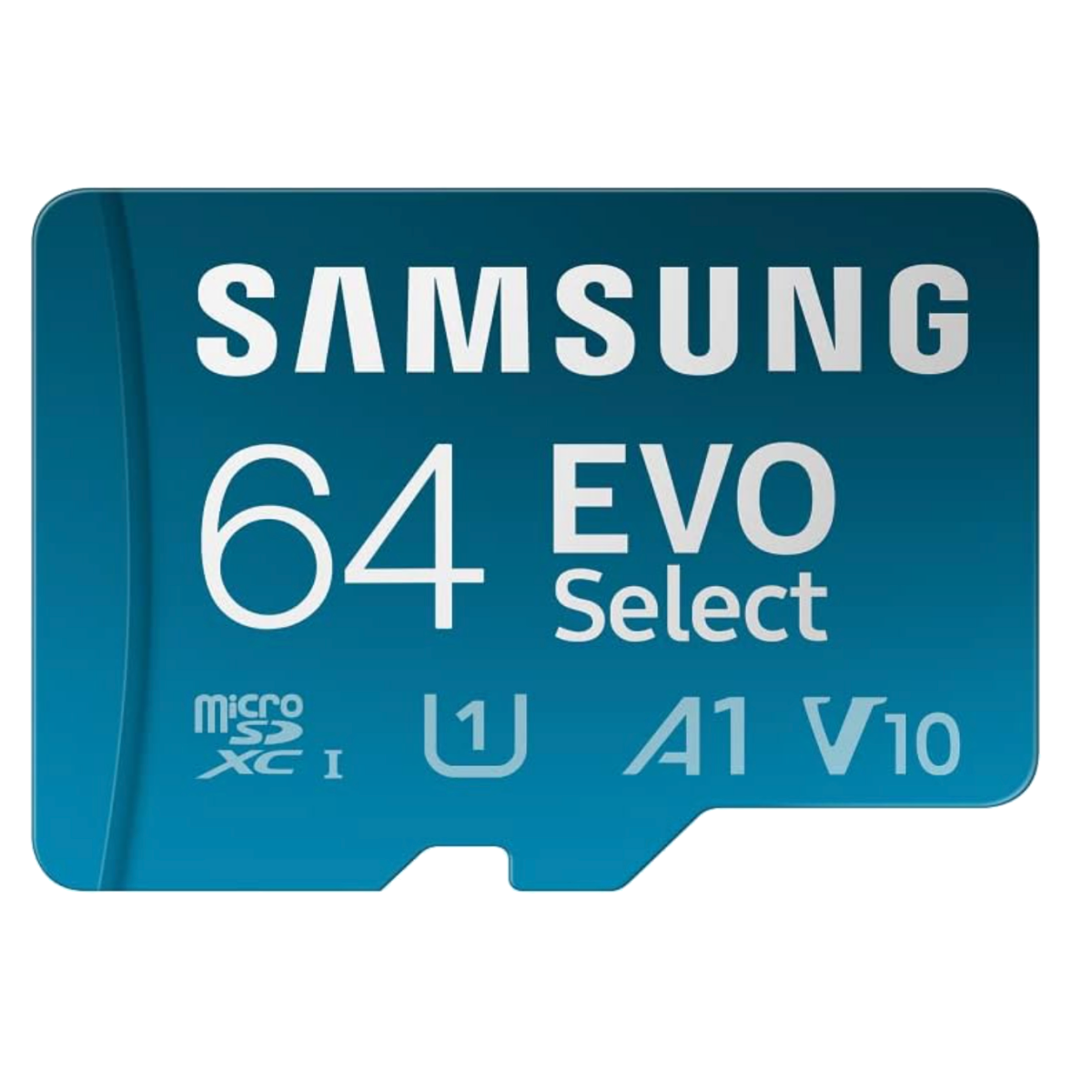
Samsung Evo Select UHS-I microSDXC
This UHS-I microSDXC card from Samsung will prove to be a bargain for anyone seeking a durable and reliable card at a budget-friendly price. While it’s not sufficient for professionals with powerful devices, it’s fast enough for most and is ideal for recording Full HD video and even 4K at lower frame rates.
- SD adapter included
- 10-year warranty
- IPX7 rating
- Affordable
- Not the fastest read and write speeds
Fastest microSD Card: Delkin Devices Power UHS-II microSDXC
The Delkin Devices Power microSD card is a future-proof option for those who are shooting in 4K, 8K, and 360 degrees. It boasts a V90 video speed class and can achieve read speeds of up to 300MB/s and write speeds of up to 250MB/s, making it one of the fastest microSD cards available.
The Delkin Devices Power's minimum sustained write speed is 90MB/s, suitable for simultaneous recording, including images, video streams, and more.
If you need to download your images from your device or camera quickly, this card will help you deliver efficient performance to your computer. For added protection, this microSD card is water-resistant, shockproof, and x-ray-proof.
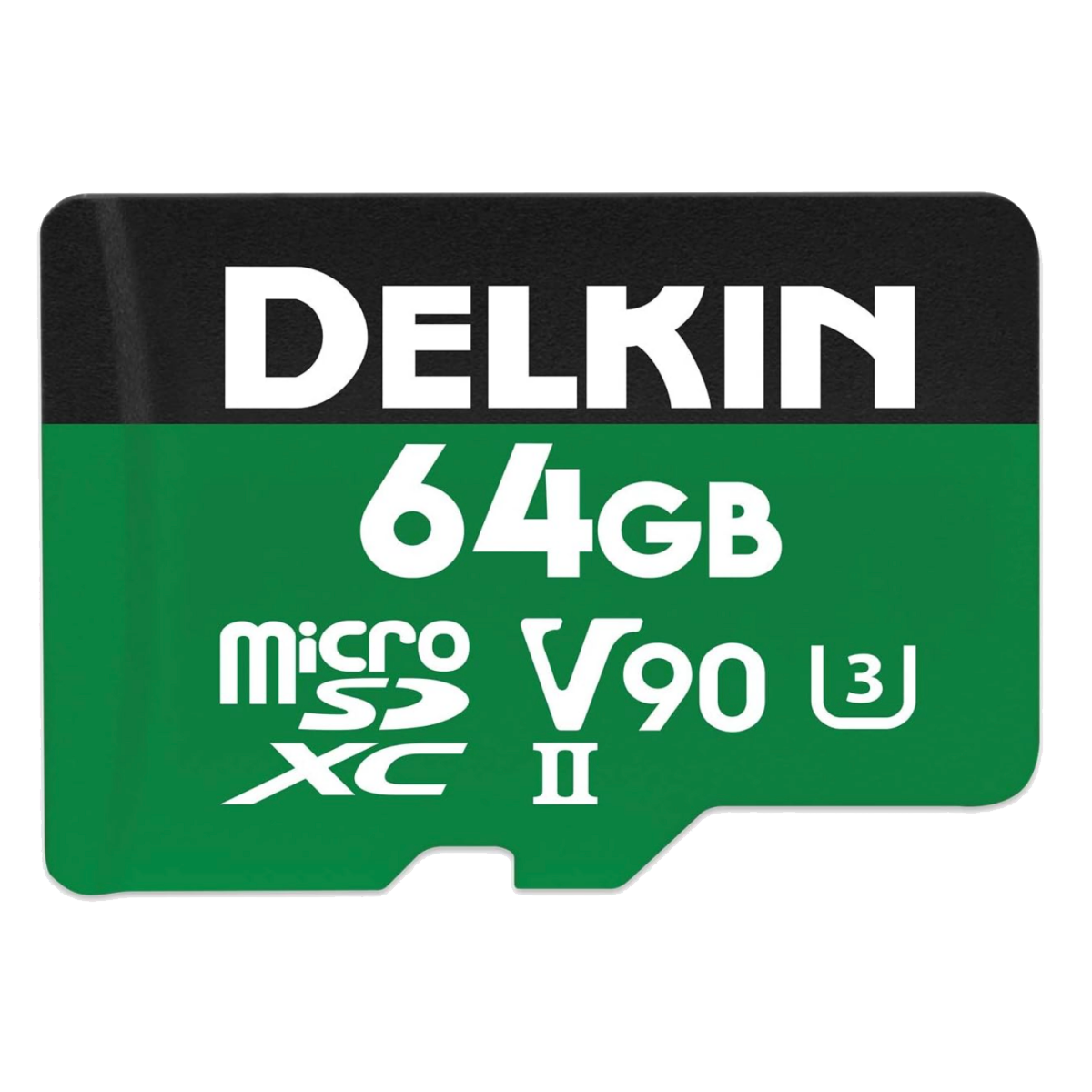
Delkin Devices Power UHS-II microSDXC
If you need an ultra-speedy, future-proof microSD card, the Delkin Devices 64GB Power offers just that. With its V90 video speed class, you can shoot 8K videos without worry, even at high frame rates. This is one of the best cards for professionals using high-end equipment.
- Very fast read and write speeds
- Minimum sustained write speed of 90MB/s
- Durable
- Suitable for 8K video
- Expensive
Best Waterproof microSD Card: Samsung Pro Endurance microSDXC
If you need a reliable, waterproof microSD card for outdoor use with devices like a dashcam or security camera, the Samsung Pro Endurance is a good choice. Not only is it built to last, but it is also very affordable and comes with storage capacities from 32GB up to 256GB.
With its IPX7 rating and extreme temperature protection, you can depend on it to record continuous footage throughout a harsh winter. The read and write speeds may not be the fastest you can find, but they are sufficient for the card’s purpose.
If you need more versatility, the higher-capacity 128GB and 256GB cards feature U3 and V30 speed classifications, allowing for 4K video shooting at lower frame rates.
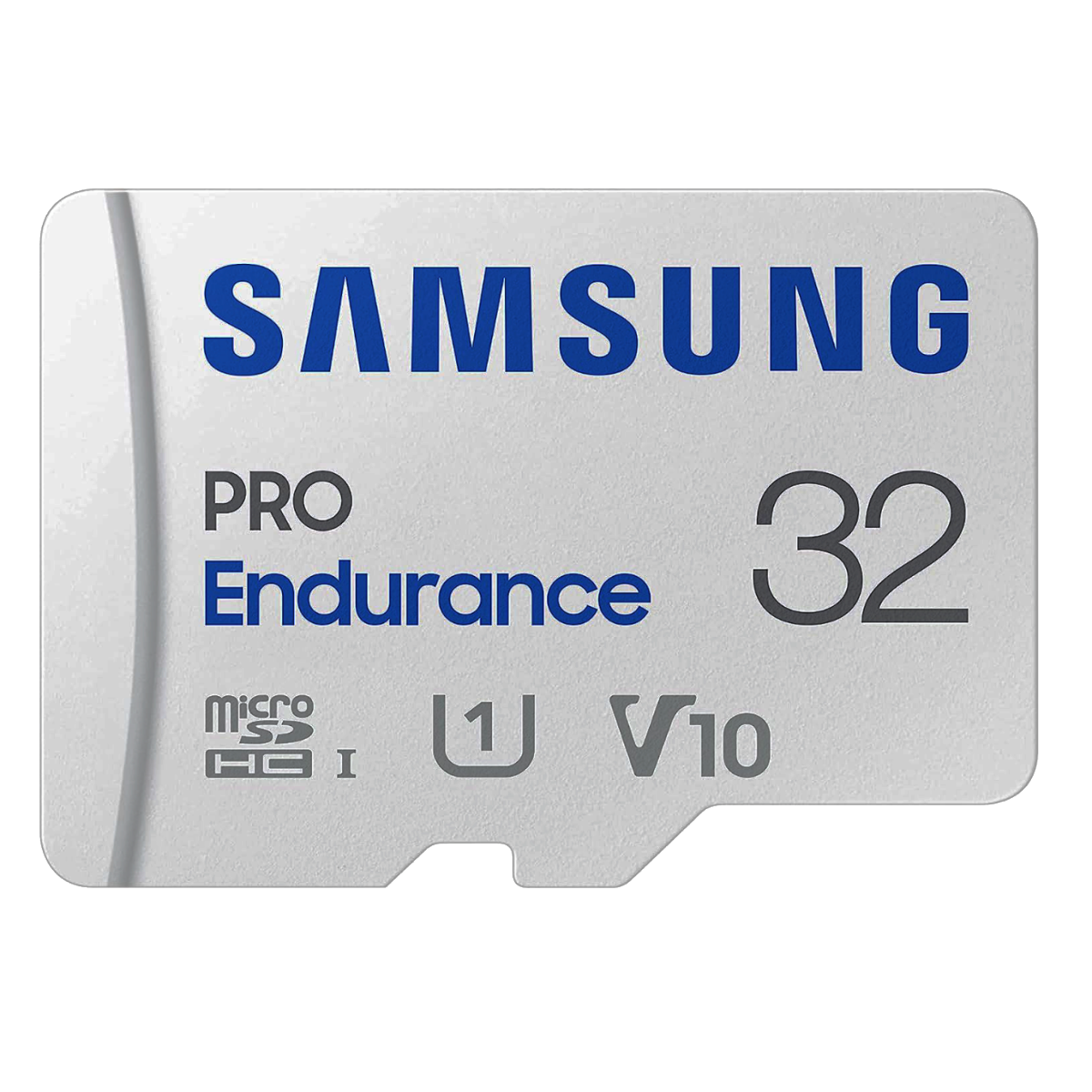
Samsung Pro Endurance microSDXC
The Samsung Pro Endurance is an affordable choice if you seek a reliable microSD card that can stand up to the elements. It’s perfect for outdoor environments and specifically designed for continuous use with security, dash, and body cams.
- Higher capacity cards can handle 4K at high frame rates
- Engineered for longevity
- Includes SD adapter
- Temperature proof down to -13 degrees Fahrenheit
- Water-, temperature-, drop-, magnet-, wearout-, and X-ray-proof
- Slow read and write speeds
Best 1TB microSD: Lexar Play 1TB microSDXC UHS-I
If storage is your primary concern, the Lexar Play microSD card has capacities all the way up to a whopping 1TB. However, that’s not all it offers. You also get fast read and write speeds of up to 160/100 MB/s, an A2-class app performance for fast app loading, and a V30 video-speed classification for 4K recording at lower frame rates.
Lexar markets this microSD more toward the portable gaming community, particularly the Nintendo Switch. However, it’s a suitable card for most consumer applications.
The Lexar Play is also available with smaller storage sizes, with options starting from 256GB with comparable read and write speeds. The 128GB card offers excellent value, but its all-around performance is slower.
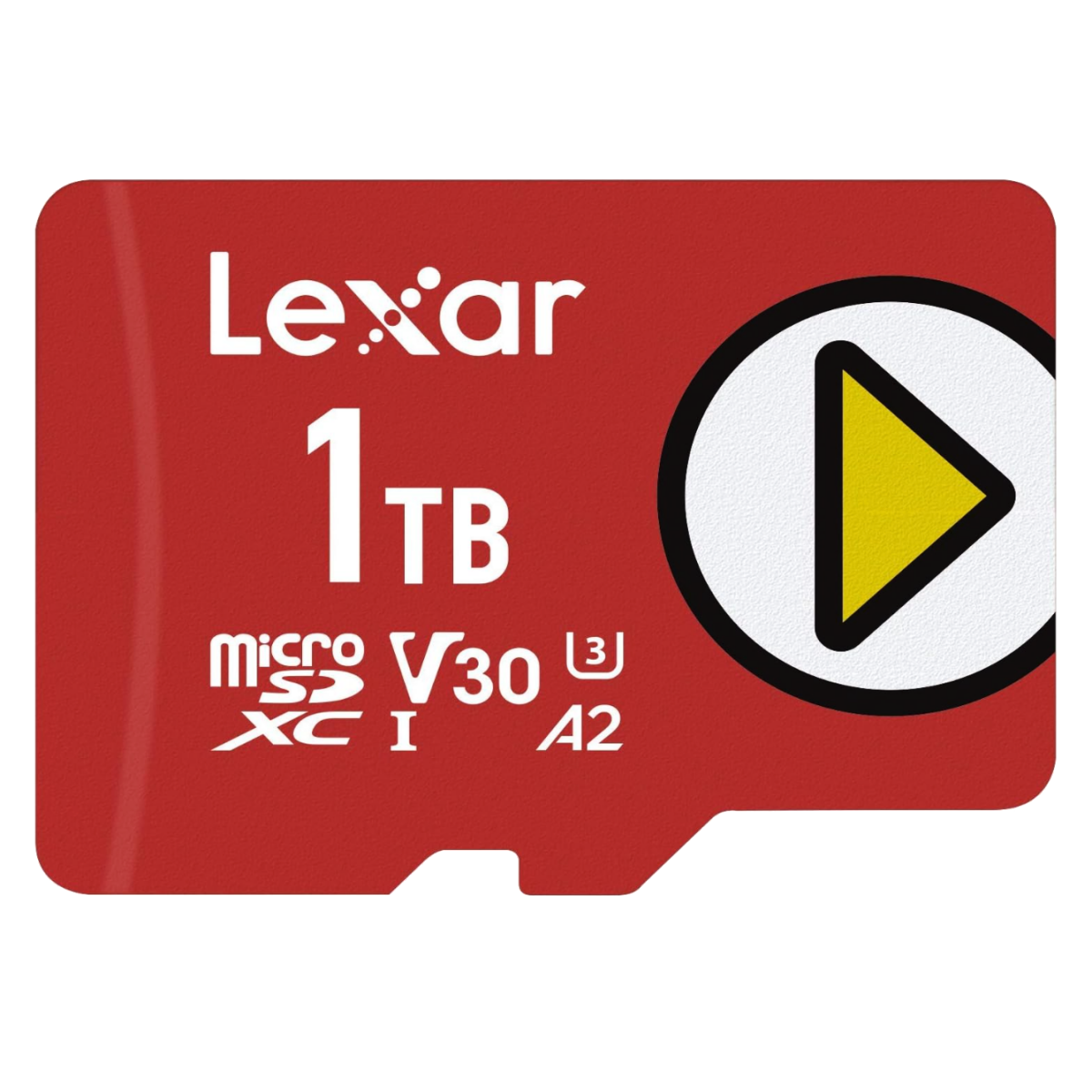
Lexar Play 1TB microSDXC UHS-I
The Lexar Play microSD card offers 1TB of storage to users who need it. With decent read and write speeds and fast app loading, it’s an excellent microSD suitable for most occasions. Its V30 video speed class means you can shoot in 4K, and there are various smaller sizes if 1TB is excessive for your needs.
- Large storage capacity
- Decent read/write speeds
- Loads apps fast
- Pricier than some 1TB competitors
FAQ
Q: What do microSD cards do?
The main function of a microSD card is to store digital data, such as photos, videos, music, apps, games, and documents, from small devices like smartphones.
However, they aren’t designed for archiving your data for life and should be thought of more as a tool for transferring files from small to larger devices.
Q: What is the difference between an SD card and a microSD card?
The difference is in the size. A microSD card is basically a miniaturized version of an SD card. An SD card is roughly the size of a postage stamp, while a microSD is around half that size. They both serve the primary function of storing digital data, and both come with various transfer speeds and storage capacities.
MicroSD cards tend to be slightly cheaper than SD cards with the same storage capacity. They are more commonly found in small devices like smartphones and action cameras.
However, microSD cards are usually limited to a 1TB storage capacity. So, devices like high-end DSLR cameras and professional drones will more likely have an SD card slot. But you can still use a microSD card with these devices if you use an adapter, but not vice-versa.
Q: How long does a microSD card last?
MicroSD cards are designed to last up to 10 years, but there are several factors that can shorten this lifespan.
The most common is overuse. Frequently writing and deleting data promotes wear and tear on the memory cells. Other factors, such as exposure to extreme temperatures or magnetic fields, can also affect the card’s longevity.
If you primarily use your card for storage, it will likely last longer than if you were to use the same card for continuously overwriting data. Frequent users should replace their microSD every few years, and it is important to regularly back up your data to avoid permanent loss.
Q: How important are the read and write speeds on my microSD card?
If you only need the microSD card for storage, then a basic card with slower read and write speeds is sufficient.
However, if you want to transfer large files quickly or take photos and videos with high resolutions, especially 4K or higher, you will benefit significantly from a microSD card with faster read and write speeds.
If you often use burst shooting when capturing action sequences, it’s beneficial to use a card with a minimum rating of UHS-II to avoid lag and ensure smooth playback. If you store apps and games on your card, you can enjoy a much better performance on a card as fast as this, too.
Q: Does a 2TB microSD card exist?
No, 2TB microSD cards are not yet commercially available. However, keep an eye out because the boundaries of flash memory are constantly being pushed. In fact, the Japanese company Kioxia did announce a 2TB prototype microSD card in late 2022, while there are a small number of cards with storage capacities of 1.5TB, such as the SanDisk 1.5TB Ultra microSDXC.

